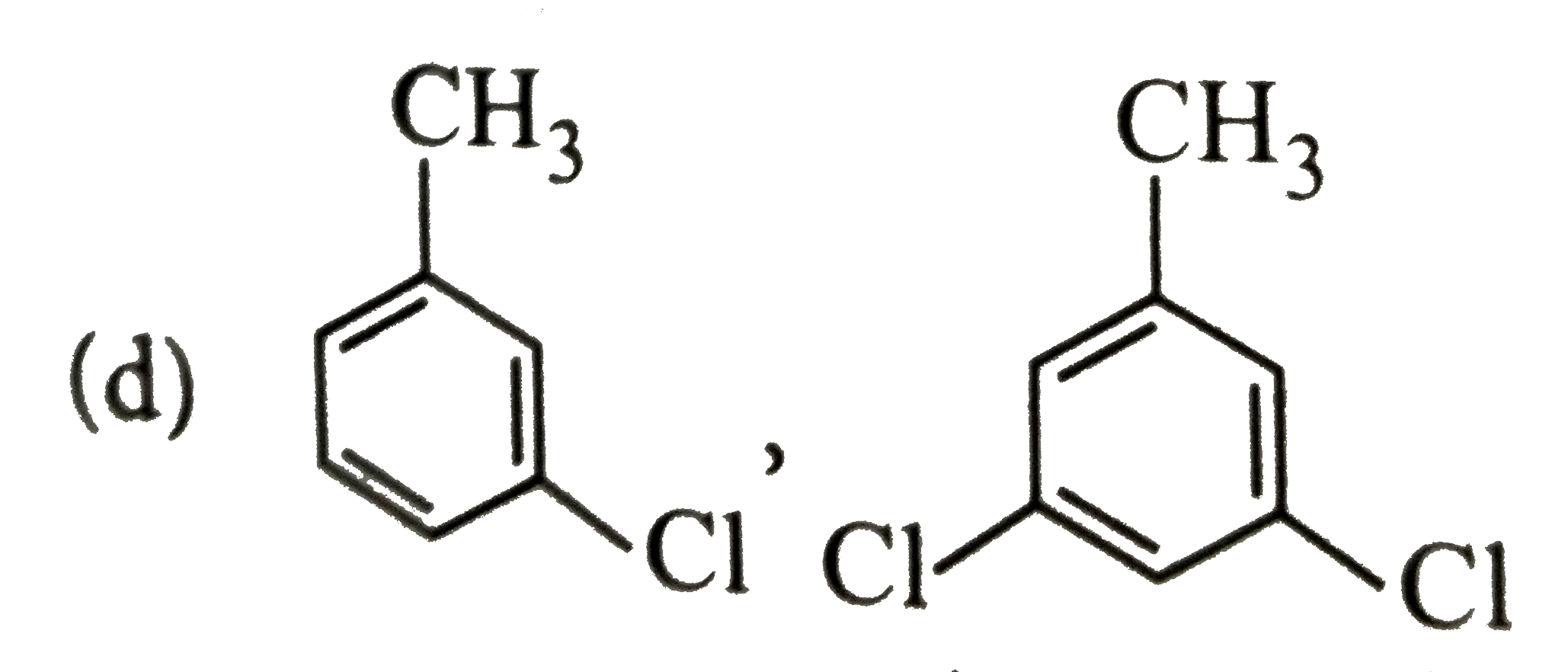A compound X (having vinegar like smell) when treated with ethanol in the presence of the acid Z, gives a compound Y which has a fruity smell. The reaction is :
C2H5OH+XZ−−→Y+H2O
Write the structural formula of X.
To solve the problem, we need to identify the compound X that has a vinegar-like smell and reacts with ethanol in the presence of an acid Z to produce a compound Y with a fruity smell.
1. Identify the Characteristics of Compound X:
- The question states that compound X has a vinegar-like smell. This is characteristic of acetic acid, also known as ethanoic acid.
2. Determine the Structure of Compound X:
- Ethanoic acid (acetic acid) has the chemical formula \( C_2H_4O_2 \) or \( CH_3COOH \). Its structure consists of a carbon chain with a carboxylic acid functional group (-COOH).
3. Write the Structural Formula of X:
- The structural formula of ethanoic acid (X) can be represented as:
O∣∣H3C−C−OH
- Here, the carbon atom (C) is double-bonded to an oxygen atom (O) and single-bonded to a hydroxyl group (OH), which is characteristic of carboxylic acids.
4. Conclusion:
- Therefore, the structural formula of compound X is \( CH_3COOH \) (ethanoic acid).
- The question states that compound X has a vinegar-like smell. This is characteristic of acetic acid, also known as ethanoic acid.
- Ethanoic acid (acetic acid) has the chemical formula \( C_2H_4O_2 \) or \( CH_3COOH \). Its structure consists of a carbon chain with a carboxylic acid functional group (-COOH).
- The structural formula of ethanoic acid (X) can be represented as:
O∣∣H3C−C−OH
- Here, the carbon atom (C) is double-bonded to an oxygen atom (O) and single-bonded to a hydroxyl group (OH), which is characteristic of carboxylic acids.
- Therefore, the structural formula of compound X is \( CH_3COOH \) (ethanoic acid).
Topper's Solved these Questions
Similar Questions
A compound X (having vinegar like smell) when treated with ethanol in the presence of the acid Z, gives a compound Y which has a fruity smell. The reaction is :
C2H5OH+XZ−−→Y+H2O
Identify Y and Z.
View SolutionA compound X (having vinegar like smell) when treated with ethanol in the presence of the acid Z, gives a compound Y which has a fruity smell. The reaction is :
C2H5OH+XZ−−→Y+H2O
Name the above reaction.
View Solution
Knowledge Check
A compound X with molecular formula C7H8 is treated with Cl2 in presence of FeCl3. Which of the following compounds are formed during the reaction?
A B
B C
C D
D
A compound X (having vinegar like smell) when treated with ethanol in the presence of the acid 2, gives a compound Y which has a fruity smell. The reaction is :
C2H5OH+Xz−−→Y+H2O
(i) Identify Y and Z.
(ii) Write the structural formula of X.
(iii) Name of the above reaction.
View SolutionA liquid was mixed with ethanol and a drop of concentrated H2SO4 was added. A compound with a fruity smell was formed. The liquid was
View SolutionA liquid was mixed with ethanol and a drop of concentrated H2SO4 was added. A compound with a fruity smell was formed. The liquid was
View SolutionHeating mxiture of ethyl alcohol and acetic acid in presence of conc. H2SO4 produces a fruity smelling compound. This reaction is called :
View SolutionThe compound X and Y in below reaction can be Ph−NH⋅NH2+(X)+(Y)−H2O−−−→

View SolutionA liquid (X) having a molecular formula C6H12O2 is hydrolysed with water in the presence of an acid to give a carboxylic acid (Y) and an alcohol (Z). Oxidation of (Z) with chrome acid gives (Y) . What are the structures of (X),(Y), and (Z) ?
View SolutionAn aliphatic unsaturated hydrocarbon (A) when treated with HgSO4/H2SO4 yields a compound (B) having molecular formula C3H6O. (B) on oxidation with concentrated HNO3 gives two compounds ( C ) and (D). Compound (C ) when treated with PCl5 gives compound (E ). (E ) when reacts with ethanol gives a sweet smelling liquid (F). Compound (F) is also formed when (C ) reacts with ethanol in the presence of concentrated H2SO4.
(i) Identify the compound A, B, C, D, E and F.
(ii) Give the chemical equation for the reaction of ( C ) with chlorine in the presence of red phosphorus and name the reaction.
View Solution
